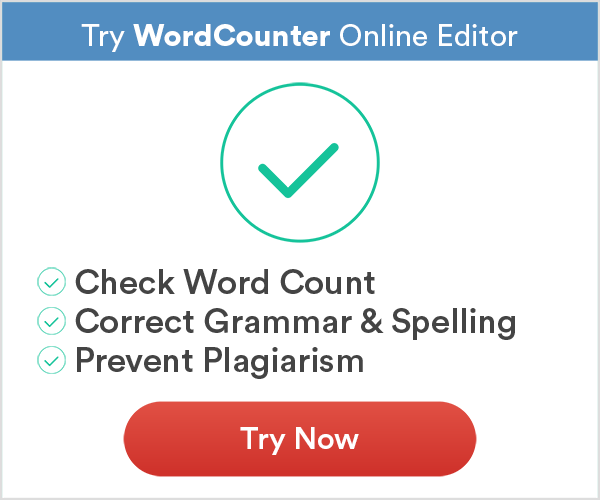Paragraph Writing: How to Write a Good Paragraph

When you create an essay outline, you will probably list ideas that need to be included in your essay. If you’re thinking clearly, each of these ideas would have a paragraph to itself. If some of the ideas you jotted down are closely related, they’d probably form part of the same paragraph.
Crafting a Paragraph
In a way, you could see each paragraph as a mini-essay.
- You introduce the topic
- You provide the contributing information
- You draw a conclusion
But how do you know if you have crafted a good paragraph? It will have four characteristics:
- Unity
- Order
- Coherence
- Completeness
You achieve these four characteristics through using the three parts of your paragraph wisely and with forethought.
First Sentence
The first sentence in a paragraph is important, and it’s called the “topic sentence.” It should represent the overall idea that governs the rest of the paragraph’s content. It’s the sames as your essay introduction leads into your essay. All the sentences that follow will contribute to this topic sentence. For example, in this paragraph, I began by telling you that the paragraph starts with a topic sentence. Now I am telling you what it is for, and how it relates to the other sentences in the paragraph. If you do this well, you’ll achieve the first of our characteristics: unity.
Contributing Sentences
Your contributing sentences must lead logically to the concluding one. This means you need to present it in some kind of order. Will you choose chronological order, order of importance, or relate each successive sentence to the other using logic? That depends on what you are writing about, but your aim is to make your paragraph easy to follow from point A to point B to point C. Finally, you want to tie all your points together to underline the point you are trying to get across. Order helps to convey the sense of what you are saying. If you confuse your reader, you have not written a clever paragraph.
Order Should Bring Coherence
Have you ever listened to someone talking, and it sounds like they’re just babbling and not making any sense? They are speaking incoherently. When a person speaks coherently, each thought follows neatly from the previous one, and it is easy to understand what they are saying. Although it’s not a must, using transition words helps to show how one thought relates to another. There are many such words and phrases which include:
- Because
- In addition
- By contrast
- Next
- Afterward
- Accordingly
- No doubt
- Of course
- On the other hand
- Naturally
- Also
- After
- Before
Another important trick to remember is to keep all your sentences in the same verb tense. It just makes it so much easier for your reader to follow your thoughts.
Your Concluding Sentence
Don’t leave your reader wondering “So… what?” at the end of your paragraph. Pull your threads together into a concluding sentence. It should support your introductory sentence while acknowledging what you have discussed in the supporting sentences. This helps your reader to see how the supporting information relates to the topic. You may think it is obvious, but your reader may not!
Practice
Writing a really good paragraph is something of an art, but like any skill, you can learn it through practice. That’s why teachers will set paragraph writing tasks for their students. But if you love writing, or just want to improve your writing skills, there’s no reason why you shouldn’t set yourself a few tasks. Choose from a list of paragraph writing prompts, or make up a list of your own.
Here are some ideas:
- Why I enjoy my hobby so much
- My favorite winter activity
- My opinion on _________ (Choose anything you like)
- Why I hope to become a ___________
- I think the most important thing about a person is __________
- Why I admire my best friend
- My favorite season is ___________
- My most embarrassing moment was when_________
- The thing I’m most scared of
- What I dreamed last night
Remember, keep it to one paragraph! After you’ve written it, leave it for a while because it’s hard to evaluate your own work right away. Later, go and look at your exercise. Ask yourself:
- What is my opening sentence?
- Do my other points support it?
- Did I reach a conclusion, and does it match the opening sentence and the supporting ones?
- Have I presented my information in a logical way? Could I have done it better?
Writing a paragraph isn’t all that difficult, but you can’t just run at it like a bull at a gate. If you think things through, you’ll find yourself naturally falling in with the rules we’ve discussed here. Thoughtful work is usually good work, so engage your grey matter and get writing!


This all seems pretty obvious. How can anyone write if they don’t know how to write a paragraph?
Once you understand the fundamentals of a paragraph, you still need to practice. You know how to write, but that doesn’t make you a good writer. You have to practice to become one. The same with writing good paragraphs.
This is….Awesome your a bad 🤬good job
i did’nt understand what you meant
this was good
I learnt it quick but how have you gotten so many viewers yet so little comments.
Never mind I see why.
Very brilliant analysis on creative writing. I have attained enough art skills of writing any piece of work that can be given me now. Be blessed.
Yes, “I have been told that being a dyslectic, would keep me from righting a book. But that never stopped me from doing it.”
My mom was the most shocked after reading the published book, told me they should be outlawed.
I ask her, “Why do you said that?” Are they too hot and steamy?
She replied know they suck you in and you forget the rest of the world and the next thing you know it’s dark out side. So I said, “I thought that’s what books were suppose to be like. Then I told her there was three more books wrote already.”
PS. And she reading book three for the fourth time.